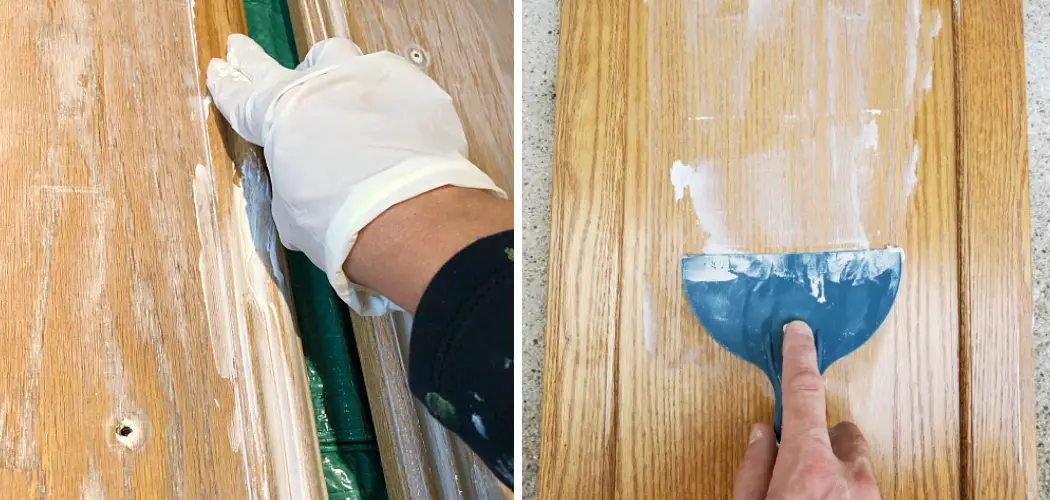Are you looking to take a plain piece of oak wood and transform it into something fabulous? You may already have an idea of how you want your piece to look, but before you can apply the paint or coverings of your choice, there’s one key step that should not be overlooked: filling in the grain. Filling in the raised edges of each tiny crevice in the grain gives any painting or covering a smoother appearance after it dries.
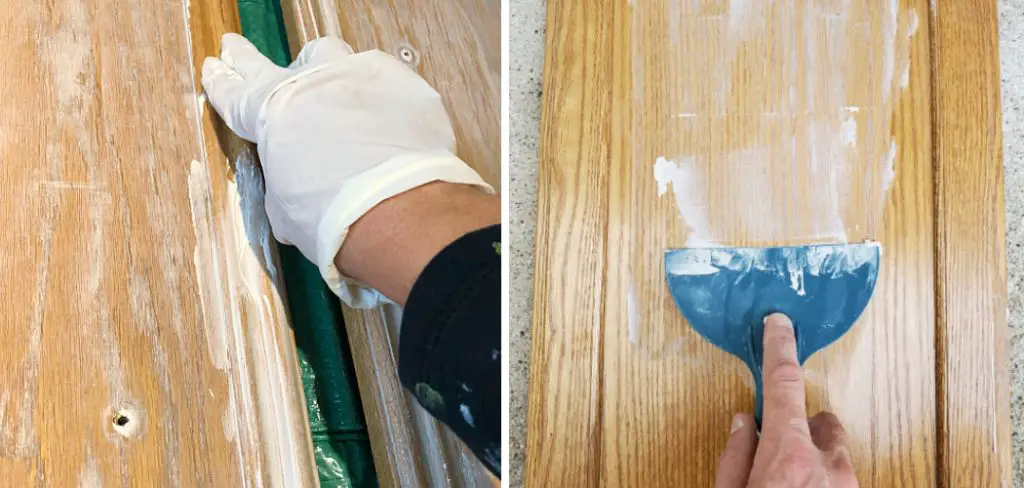
It also helps keep the pigment from getting stuck down inside these small holes and gives whatever is on top a splotchy finish. Although daunting at first, properly filling in the oak grain isn’t difficult. With just a few easy-to-find materials and steps, you can have a smooth surface ready for whatever comes next! Read on for more tips on how to fill oak grain before painting.
Why Do You Need to Fill Oak Grain Before Painting?
Before painting, covering, or staining oak wood, it’s important to fill the grain. The grain of oak is made up of small valleys and ridges that collect dust, dirt, and pigment easily. Without filling in these tiny holes with a filler material before painting, any coating you put on top will look splotchy or uneven after it dries. Filling the grain also ensures that your painting or staining will end up with an even finish and a more professional-looking final product.
Choosing the Best Paint Filler for Oak Grain
When it comes to filling in oak grain, there are several materials that can do the job. Polyester wood filler is one of the most popular options and is available at most hardware stores or online retailers. For a stronger option with more adhesive properties, epoxy putty is recommended.
Choosing which material you will use will depend on the size of your project and how much you are willing to spend. Applying the Filler for Oak Grain Now that you’ve chosen which filler material to use, it’s time to apply it.
Materials Needed for Filling Oak Grain Before Painting
In order to fill in the grain of oak wood before painting, you’ll need the following:
- Wood putty or filler
- Sandpaper
- Primer
- Paint
7 Ways How to Fill Oak Grain Before Painting
1. Sanding
Start by using sandpaper to smooth down any rough edges in the wood. You’ll want to really focus on getting rid of any splinters or other imperfections that could cause problems for your painting job later on. Keep in mind that the finer the grit of your sandpaper, the smoother and more polished your finish will be!
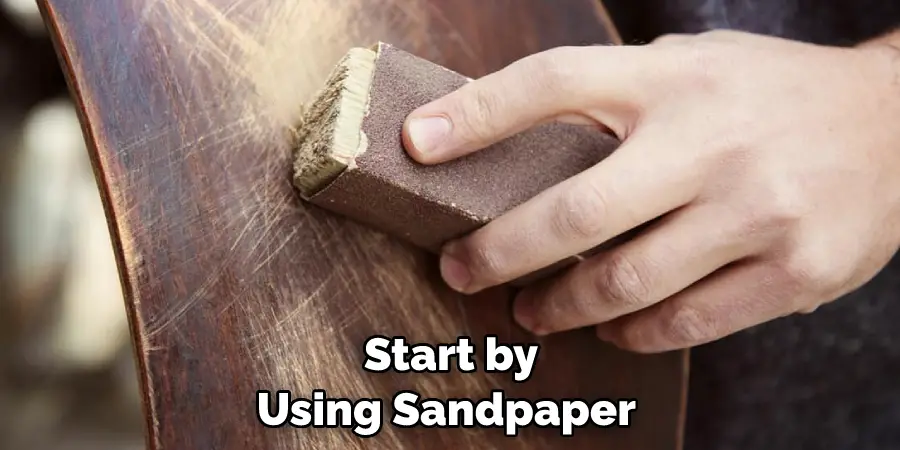
2. Applying Filler
Next, use wood putty or filler to fill in the grain of the oak. This should be done evenly across the entire surface and with a light hand so as not to overfill any areas. Allow the filler to dry completely before moving on to the next step.
3. Sanding Again
Once the filler is dry, use sandpaper again to lightly buff it out and make it perfectly level with the rest of the wood’s surface. It will definitely add a bit of extra time to the process, but it’s worth it for the professional finish you’ll end up with!
4. Primer
Now that you’ve filled in the grain and sanded down your oak piece, it’s time to apply primer. This step helps prevent any pigment from sinking into the wood and gives you a better base for painting. Allow the primer to dry completely before moving on.
5. Applying Paint
Finally, it’s time to add your desired color! Apply your paint in even strokes across the entire surface of the wood, making sure that all areas get covered evenly and without any splotches.
6. Let it Dry
Once you’re happy with the coverage, let your painting job fully dry before adding any top coats or sealants. This will give your wood a more professional-looking finish in the end. While you wait, make sure to keep the wood in a cool and dry place.
7. Finishing Touches
After it’s fully dried, you can add any top coats or sealants that you like. This is the final step to give your painted oak piece its beautiful and complete finish. You can also add a little extra shine to your piece with some furniture wax or polish!
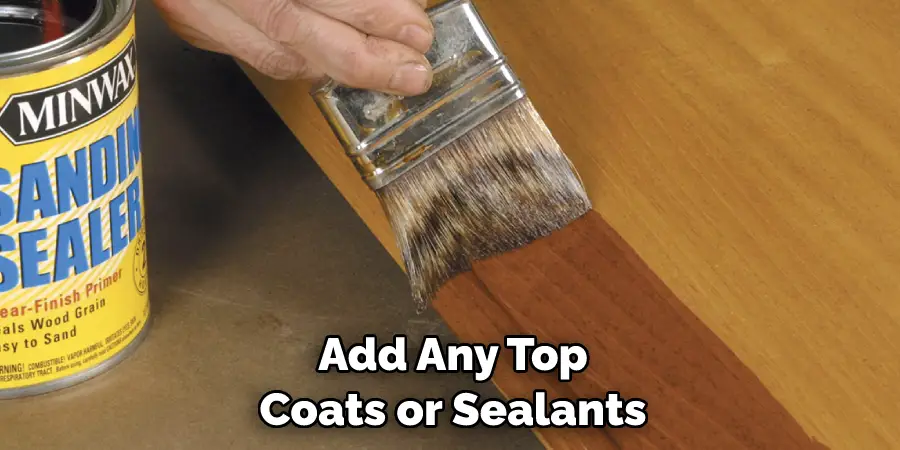
And there you have it – seven easy steps on how to fill oak grain before painting. It may seem like a daunting process at first, but once you’ve got the basics down, you’ll have no trouble getting that professional-looking finish you want for your next project!
7 Maintenance Tips for Longevity
1. Clean the surface of the oak before you start. Remove any dirt, dust, or debris with a soft cloth and mild detergent, then dry thoroughly. If you don’t clean properly, the filler won’t adhere correctly.
2. Use a suitable grain-filling product designed for wood surfaces. Follow the manufacturer’s instructions and apply the product evenly across the oak surface as directed, using a putty knife or similar tool. Allow adequate drying time before proceeding to step 3.
3. Sand down any raised areas of the filler after it has dried. Use a sanding block for best results, and take care to only sand enough to remove raised areas. You don’t want to sand away too much and weaken the structure of the oak grain.
4. Apply a coat of primer before painting. This will help to ensure that your topcoat adheres correctly to the oak surface. It will make the overall finish more even, and it will help to protect the oak from moisture damage.
5. Once the primer is dry, apply your topcoat of paint evenly across the oak. Use a brush or roller for best results, and take care not to overload the surface with too much paint at once. The primer is essential for the longevity of your finish.

6. Once the topcoat is dry, apply a coat of protective varnish to help protect the painted surface from moisture damage and everyday wear and tear. Allow it to dry thoroughly before any further use or cleaning.
7. Regularly clean the oak surface with a soft cloth and mild detergent to preserve the longevity of your finish. Take care not to use any abrasive products which could damage the surface.
By following these simple tips, you can help ensure that your painted oak grain has a long life and looks beautiful for years to come. Make sure you invest in quality products when filling, painting, and protecting the surface of your oak, to ensure that your investment in time and money is well worth it.
5 Tips for Decoration
Filling oak grain before painting is an important part of creating a beautiful finished product. Here are five tips to help you achieve the best results:
1. Choose the right filler for your project. The type of filler you use depends on how porous or rough the wood grain is. For soft, smooth woods, a lightweight spackle may be enough. However, for coarser or more absorbent woods like oak, you will need a heavier-duty filler that can fill in cracks and pores.
2. Add texture to the filler. To create a more realistic-looking finish, add texture to your filler by mixing it with wood putty or sawdust. This will give the finished product more depth and personality. It will also help to hide any imperfections in the wood grain.
3. Use a putty knife or rubber spatula to apply the filler. Be sure to cover the entire surface evenly and press down firmly to ensure that the filler adheres properly. A knife will help you create a smooth surface and get rid of any excess filler.
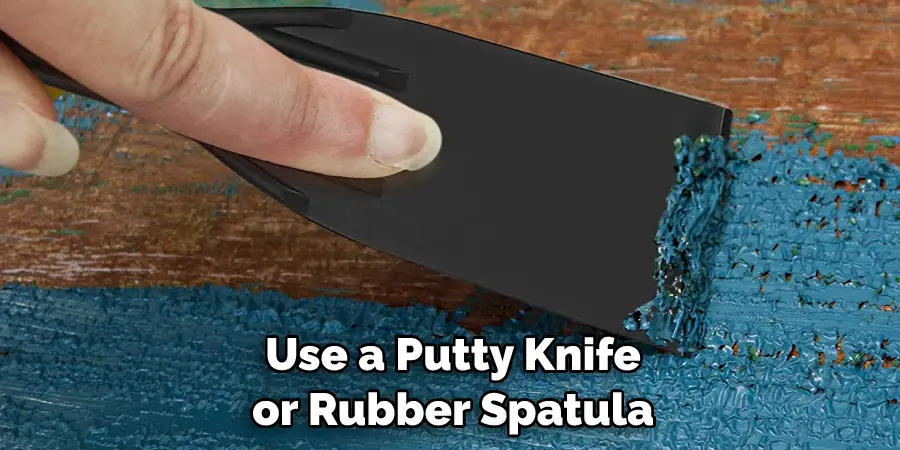
4. Use a quality primer to seal the filled area before painting. A good primer will not only protect your work, but it will also provide an even base for the paint to adhere to. This step is important in ensuring that your finished product looks its best and lasts for years to come.
5. Sand the filled area before painting. To get rid of any bumps or imperfections, sand the filled area until it is smooth and even. This will also help with adhesion and create a more professional-looking finish. Finally, be sure to wipe away any dust particles before you apply paint, as this can affect the finished product.
Conclusion
Overall, using Minwax Wood fillers to fill the grain of oak before painting is a great way to create a smooth coat of paint that will last for years. If you have never filled and painted before, this post’s illustrated instructions on how to fill oak grain before painting should serve as a helpful guide. Now that you know how to properly fill the grain of an oak surface don your designer hat and get creative!
Whether it be a coffee table or wooden vase base, transforming an old item with paint can be liberating and highly gratifying – not to mention the statement piece it will make in your home. So, why not go out there and create something uniquely yours? Show off your savvy craftsmanship with your own refurbished furniture or art piece today!

